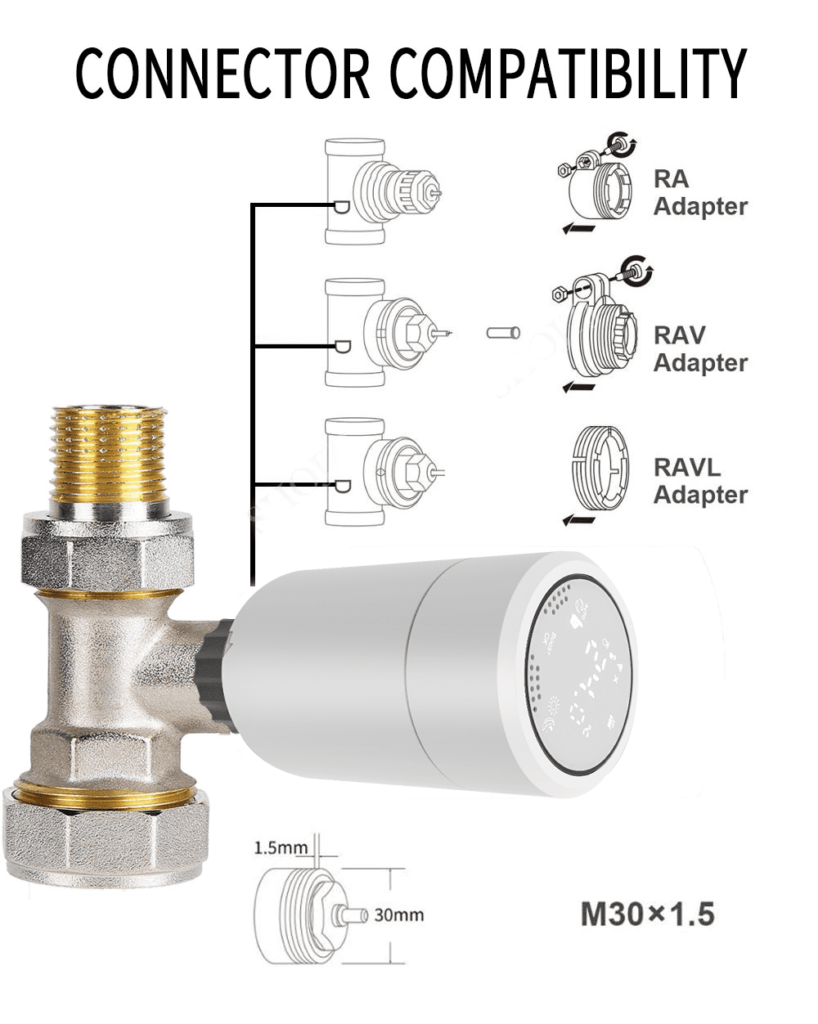You’re shivering in your own home, wondering why your radiator is hot at the top but cold at the bottom. It’s frustrating—uneven heating means wasted energy, chilly rooms, and skyrocketing bills. But don’t worry! This article will uncover the reasons behind uneven radiator heating and show you simple fixes to warm up your space fast.
Radiators heat unevenly due to trapped air, sludge buildup, or faulty valves blocking water flow. Bleeding the radiator removes air, while balancing or replacing valves ensures consistent heat. Poor circulation from cold radiator pipes or low pressure can also cause this—fixable with proper maintenance or quality parts.
Curious about why this happens and how to solve it? Stick around—we’ll dive deeper into radiator woes and easy solutions to keep Antonio and others cozy all winter.

Should a Radiator Be Hot on Both Sides?
Ideally, yes, a radiator should be hot on both sides. When it’s working right, hot water flows in through the radiator flow pipe, spreads evenly, and exits through the return pipe. If you’ve got a radiator pipe hot on one side and cold on the other, something’s off. Trapped air might be stopping the water, leaving you with a cold radiator on one end. Or maybe sludge—yucky buildup from rust and dirt—has clogged the bottom, causing that dreaded “hot at top, cold at bottom” issue. Bleeding radiator water but no air coming out? That’s a sign of deeper trouble, like poor circulation or a broken valve. For folks like Antonio in Russia, who rely on stable heating, this can ruin a cozy night. Quality valves from IVALVECRAFT, like our brass thermostatic radiator valves, keep water moving smoothly, ensuring both sides stay toasty.
How Do You Fix Uneven Heating?
Fixing uneven heating isn’t rocket science, but it does take some elbow grease. First, try bleeding your radiator. Grab a key, turn the valve, and listen for a hiss—trapped air escaping. If you’ve bled the radiator but it’s still cold at the bottom, don’t panic. Check the pipes. Should both pipes on a radiator be hot? Yes, but if the radiator flow pipe is cold, your pump or boiler might be slacking. Next, balance the system—tweak the lockshield valve to even out water flow. Still no luck? Sludge could be the culprit. Flush it out with a hose or call a pro. For Antonio, who hates unstable performance, our IVALVECRAFT pressure reducing valves and manifolds keep things steady. No more “heating on but all radiators cold” headaches—just warm, happy rooms all winter long.
Why Are Some of My Radiators Hot and Others Not?
It’s a head-scratcher: some radiators are blazing, others ice-cold. Why? Blame poor circulation or system imbalance. If 2 radiators aren’t heating up, the hot water might not reach them—maybe the pump’s weak or the pipes are clogged. Check if the radiator flow pipe is cold on those chilly ones; it’s a clue the water’s not flowing right. Trapped air’s another suspect—bleeding radiator water but no air might mean sludge is gumming things up instead. For Antonio, buying from developing countries like China, quality matters. Cheap parts can lead to unstable export pressure, leaving radiators cold. IVALVECRAFT’s brass safety valves and thermostatic mixing valves ensure steady flow and heat, so every room stays warm, not just the lucky ones near the boiler.
Summary: Get Your Radiators Working Right
Uneven heating—whether it’s a radiator hot at top, cold at bottom, or some radiators not heating at all—stems from air, sludge, or bad circulation. Bleeding, balancing, and flushing can fix most issues, while quality parts prevent them. For Antonio and other savvy buyers, reliable valves and stable pressure are key to cozy homes. IVALVECRAFT delivers high-quality brass thermostatic radiator valves and more, tackling cold radiator woes head-on. Say goodbye to shivering and hello to warmth.
Choose IVALVECRAFT, choose a reliable partner, enjoy the high quality and best service.


